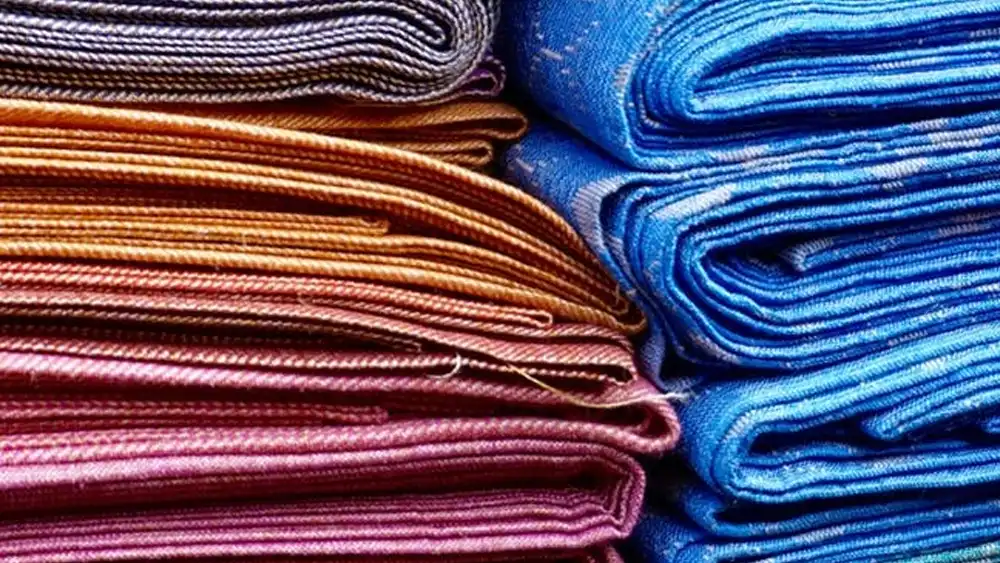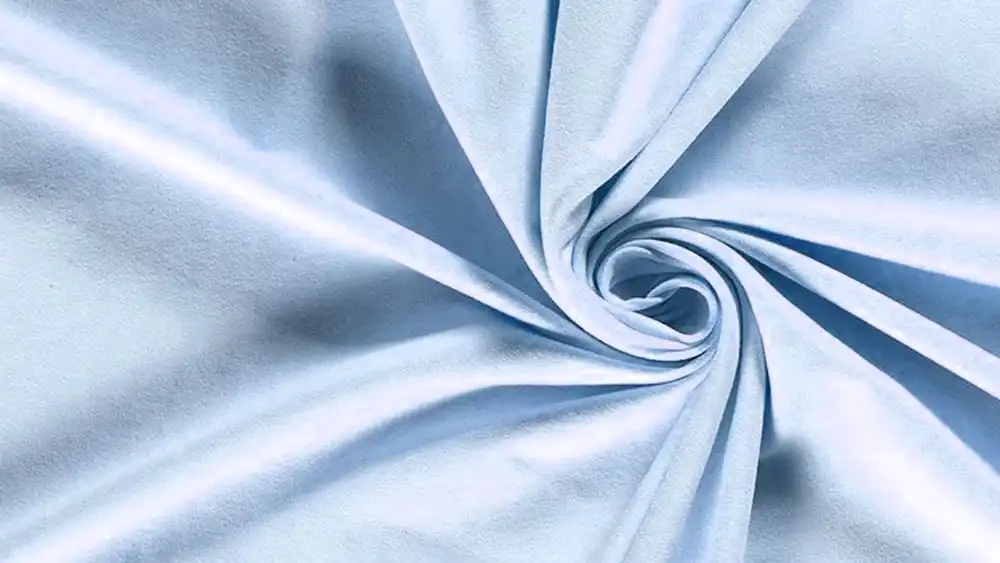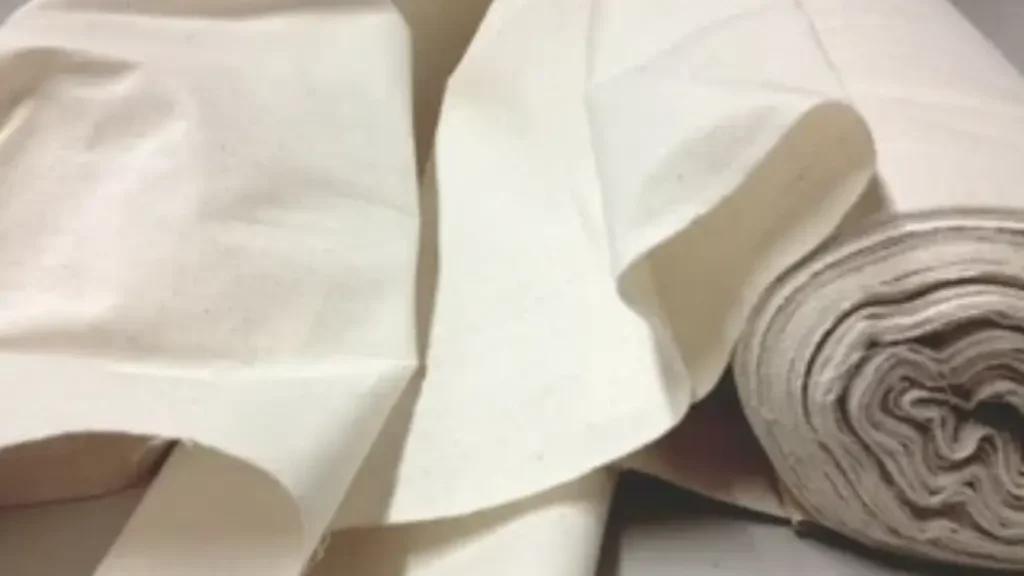Calico fabric is cherished for its versatility and charming patterns, making it a popular choice for a variety of projects, from quilting to crafting and home decor. However, calico can sometimes feel stiff and less comfortable to work with straight off the bolt. Softening calico fabric can enhance its comfort and usability, making it more suitable for clothing, bed linens, and other items that come into close contact with the skin.
In this blog post, we will explore effective methods to soften calico fabric, ensuring it becomes more pliable and pleasant to the touch. Whether you’re preparing fabric for a new sewing project or revitalizing older calico pieces, these tips will help you achieve a softer, more comfortable finish.
What Is Calico Fabric

How to Soften Calico Fabric

Let’s delve into each step of the process to soften calico fabric in more detail:
Pre-Wash the Fabric:
Pre-washing removes any residual chemicals, finishes, or dirt from the fabric. This step is essential to ensure that the fabric absorbs subsequent treatments effectively.
Using cold water and a gentle detergent helps prevent shrinkage and color fading. Avoid using fabric softener at this stage, as it can interfere with the softening process later on.
Vinegar Soak:
Vinegar acts as a natural fabric softener and helps break down any remaining stiffness in the fabric fibers.
The acidic properties of vinegar gently loosen the fibers, making the fabric more pliable and comfortable.
Allowing the fabric to soak for 30 minutes to an hour ensures that the vinegar solution penetrates the fibers thoroughly.
Rinse Thoroughly:
Rinsing the fabric after the vinegar soak removes any vinegar residue and prevents it from affecting the fabric’s pH balance.
Thorough rinsing ensures that the fabric is clean and free from any lingering odors or chemicals.
Air Dry:
Air drying is gentle on the fabric and helps prevent shrinkage and damage from high heat.
Hanging the fabric to dry allows air to circulate around it, promoting even drying and preventing mildew or odors.
Drying the fabric until it is slightly damp but not overly wet prepares it for the next step of tumble drying with tennis balls.
Tumble Dry with Tennis Balls:
Tumble drying with tennis balls helps break up any remaining stiffness in the fabric and promotes softness.
The tennis balls bounce around in the dryer, agitating the fabric and loosening the fibers.
Using a low heat setting prevents overheating and damage to the fabric while still effectively softening it.
Remove from Dryer and Press:
Pressing the fabric with a warm iron helps smooth out any wrinkles and further enhances its softness.
The gentle heat from the iron relaxes the fabric fibers, leaving the fabric feeling softer and more supple.
Using a pressing cloth protects the fabric from direct heat and prevents shine or scorch marks on the fabric’s surface.
Test Softness:
Running your hand over the fabric allows you to assess its softness and texture. A noticeably softer feel indicates that the softening process has been successful.
Repeat if Necessary:
If the fabric is still not as soft as desired, repeating the softening process can further improve its texture and comfort.
Focus on the vinegar soak and tumble drying steps, as these are particularly effective at breaking down stiffness in the fabric.
By following these detailed steps, you can effectively soften calico fabric, making it more comfortable and enjoyable to work with in your sewing and crafting projects.
How to Wash Calico Fabric

Calico fabric, being 100% cotton, is generally easy to care for. However, proper washing techniques can help maintain its quality and longevity. Here’s a step-by-step guide:
Step 1: Pre-wash
- Importance: Before sewing with calico, it’s highly recommended to pre-wash it. This helps to remove any sizing agents or finishes applied during the manufacturing process, prevent shrinkage after sewing, and soften the fabric.
- Method:
- Wash the fabric in cold or warm water (no hotter than 40 degrees Celsius) using a gentle cycle.
- Use a mild detergent.
- Avoid using bleach, as it can weaken the fabric fibers.
Step 2: Washing Finished Projects
- Machine Washing:
- Wash on a gentle cycle in cold or warm water.
- Use a mild detergent.
- Consider using a mesh laundry bag to protect delicate items.
- Hand Washing:
- Fill a basin with cool or lukewarm water and add a mild detergent.
- Gently agitate the fabric in the water.
- Rinse thoroughly with clean water.
- Gently squeeze out excess water.
Step 3: Drying
- Air Drying:
- The best method for drying calico is to air dry it.
- Hang the fabric to dry in a well-ventilated area, away from direct sunlight.
- This helps to prevent shrinkage and maintain the fabric’s softness.
- Tumble Drying:
- If tumble drying, use the lowest heat setting.
- Remove the fabric from the dryer while it is still slightly damp to prevent wrinkles.
Step 4: Ironing
- Ironing:
- Iron on a medium-high heat setting.
- If ironing a printed calico, it’s best to iron it from the wrong side to prevent the colors from fading or transferring.
- You can use a pressing cloth for added protection.
By following these simple steps, you can ensure that your calico fabric and projects made from it remain in good condition for years to come.
How Do You Care for Calico Fabric
Caring for calico fabric is essential to maintain its quality, appearance, and longevity. Here are some tips on how to properly care for calico fabric:
Washing:
Machine wash calico fabric in cold water with a mild detergent. Using cold water helps preserve the fabric’s color and prevent shrinkage.
Wash calico fabric separately or with similar colors to avoid color bleeding.
Avoid using bleach or harsh chemicals, as they can damage the fabric fibers and affect its color.
If washing delicate or printed calico fabric, consider using a gentle cycle or hand washing to prevent excessive agitation.
Drying:
Air dry calico fabric by hanging it outdoors or indoors away from direct sunlight. Hanging the fabric prevents wrinkles and promotes even drying.
Avoid tumble drying calico fabric on high heat, as it can cause shrinkage and damage to the fabric fibers. Use a low heat setting if using a dryer.
Remove the fabric from the dryer promptly to prevent wrinkles from setting in.
Ironing:
Iron calico fabric on a medium heat setting to remove wrinkles and creases. Use a pressing cloth or ironing cloth to protect the fabric from direct heat.
Iron the fabric on the reverse side to prevent shine or scorch marks on the fabric’s surface.
For printed calico fabric, iron on the reverse side or place a thin cloth over the printed area to prevent smudging.
Storage:
Store calico fabric in a cool, dry place away from direct sunlight and moisture. Avoid folding or compressing the fabric excessively to prevent creases and wrinkles.
Consider rolling larger pieces of calico fabric to minimize creasing and make storage more efficient.
If storing calico fabric for an extended period, place it in a breathable fabric storage bag or container to protect it from dust and pests.
Spot Cleaning:
For small stains or spills, spot clean calico fabric using a mild detergent and a clean, damp cloth.
Blot the stain gently without rubbing to avoid spreading it further. Rinse the area with clean water and allow it to air dry.
Professional Cleaning:
For heavily soiled or delicate calico fabric, consider professional dry cleaning to ensure thorough and safe cleaning.
Choose a reputable dry cleaner experienced in handling delicate fabrics and providing specialized care.
By following these care tips, you can keep your calico fabric looking its best and prolong its lifespan for years to come. Proper care and maintenance ensure that your calico fabric remains vibrant, soft, and beautiful for all your sewing, quilting, and crafting projects.
Conclusion
In conclusion, softening calico fabric is a simple yet effective way to enhance its comfort and usability for various projects. By following the methods outlined above, such as using fabric softener, vinegar, or commercial fabric softening products, you can transform stiff calico fabric into a softer and more pliable material.
Whether you’re sewing clothing, quilting, or crafting home decor items, soft calico fabric offers a luxurious feel and improved drape, making it a pleasure to work with and wear. Embrace the versatility and charm of calico fabric in your next project, and experience the difference that softening can make.
Welcome to explore our collection of wholesale calico fabric, where you’ll find a wide range of colors, prints, and textures to suit your creative needs. With our high-quality calico fabric, you can elevate your projects with ease and style. Shop now and unleash your creativity with the softest calico fabric on the market.
